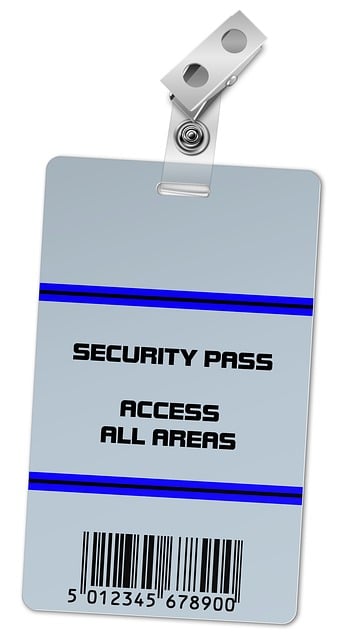In today's digital era, verifying tech credentials is vital for ensuring industry quality, consumer protection, and growth. This process involves checking licenses and certifications against regulatory databases, cross-referencing with industry standards, and examining reputable organization-issued certifications. Accurate tech credentials verification fosters trust, enhances productivity, promotes ethical practices, and drives informed decision-making within organizations. Maintaining updated databases through automated syncing, manual checks, and clear retention policies ensures reliable talent acquisition and teamwork.
In today’s digital landscape, ensuring the integrity and authenticity of tech professionals’ licenses and credentials is paramount. With rapid technological advancements, verifying these qualifications has become more complex, necessitating a thorough and robust system. This article delves into the critical aspect of tech credentials verification, exploring its importance, outlining the verification process, and providing best practices for maintaining an accurate database. By implementing these strategies, organizations can ensure they hire qualified professionals, fostering trust and innovation within their teams.
- Understanding the Importance of Tech Credentials Verification
- The Process of Thoroughly Verifying Professional Licenses
- Best Practices for Maintaining an Accurate Database of Verified Credentials
Understanding the Importance of Tech Credentials Verification

In today’s digital era, where technology drives almost every aspect of our lives, ensuring the competence and authenticity of tech professionals is paramount. Verifying tech credentials goes beyond a simple check; it’s a crucial process that safeguards against poor workmanship, protects consumers, and fosters industry growth. A thorough examination of licenses and certifications ensures that individuals possessing these qualifications have acquired the necessary skills and knowledge to tackle contemporary technological challenges.
Tech credentials verification is not just about meeting legal requirements; it’s a strategic move to identify experts who can drive innovation, enhance productivity, and contribute meaningfully to project success. It enables organizations to make informed decisions when assembling technical teams, ensuring that each member brings credible expertise to the table. This meticulous process also helps in maintaining industry standards, promoting ethical practices, and fostering public trust in technological advancements.
The Process of Thoroughly Verifying Professional Licenses

Verifying a tech professional’s licenses and credentials involves a meticulous process that ensures the authentication and integrity of their qualifications. It begins with accessing relevant regulatory authorities’ databases, which often contain detailed records of issued licenses and any subsequent updates or renewals. This initial step allows for a comprehensive overview of the professional’s background.
The verification process deepens by cross-referencing the data with standardized industry formats and protocols. Tech credentials verification requires scrutinizing certifications from reputable organizations, checking against globally recognized standards, and ensuring the validity of any digital badges or online portfolios. This thorough examination guarantees that the professional possesses the claimed skills and expertise, fostering trust among clients and peers alike.
Best Practices for Maintaining an Accurate Database of Verified Credentials

Maintaining an accurate database of verified tech credentials is paramount for any organization seeking reliable talent. To ensure data integrity, implement robust practices like regular updates, automated syncing with certification bodies, and double-checking manually entered records. This reduces errors and ensures your database reflects the latest tech professional qualifications.
Additionally, establish clear retention policies dictating how long to keep verified credentials on file. Consider industry standards and legal requirements for record-keeping periods. Efficient data management, combined with consistent reviews, fosters a culture of transparency and accountability among tech professionals, enhancing overall workforce reliability.






